- About
-
Discover
City Guides, Tour Guides, Insider's Guides
-
Experience
Book your next trip
-
Lab
Book the digital Experiences
-
Hidden Gems
Hotels. Restaurants, Bars
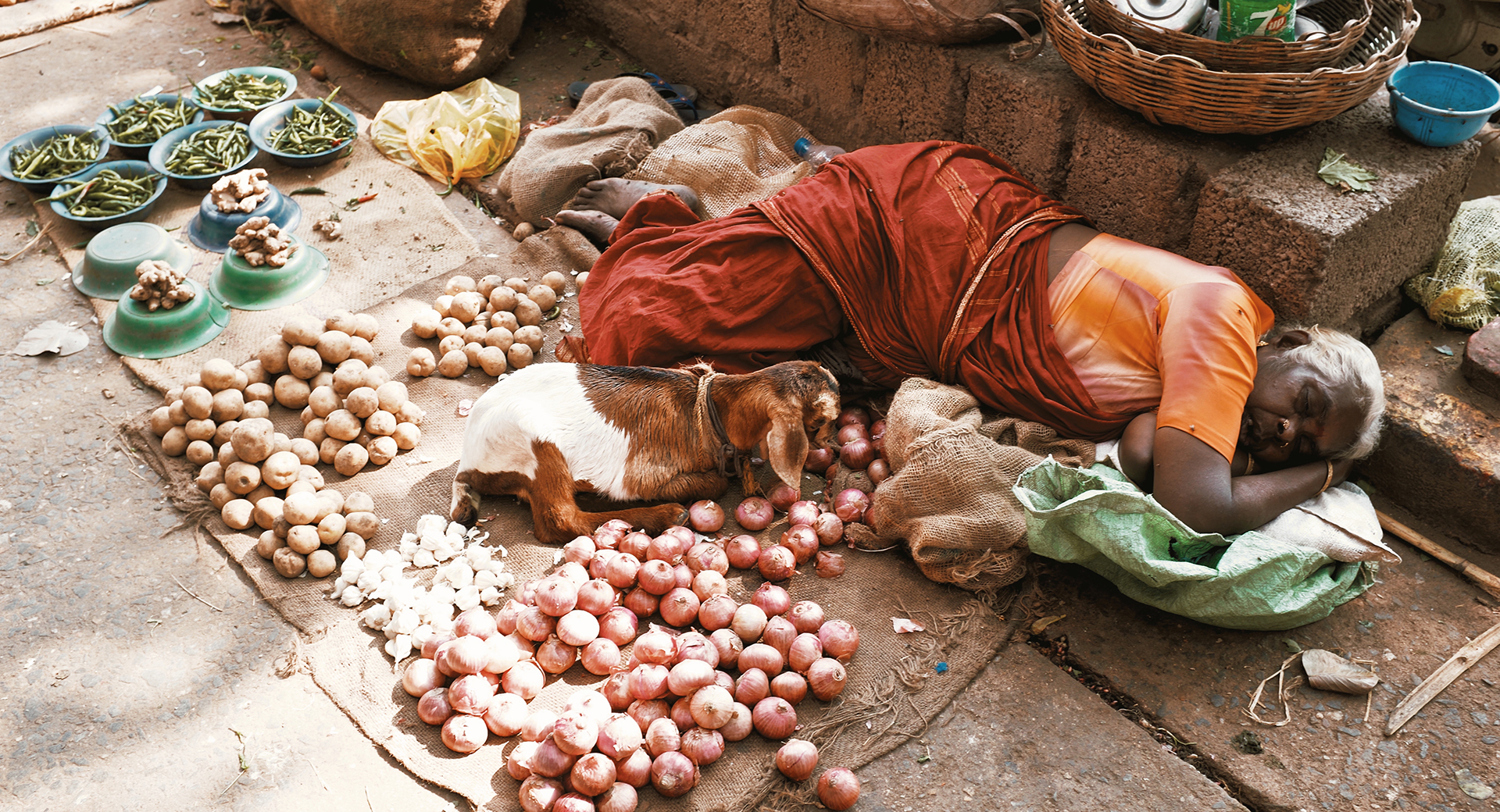
Editor: Elisa Carassai
Curator: Grazia Maria Biccari
Bright saris, lumbering cows, marigolds and bursts of sunlight, are you ready to find your true self in South of India?
India is everything and more. One of the countries with one of the richest heritage and history in the world, this country can offer so much at times it may feel overwhelming. Fringed by the Great Himalayas in the north, it stretches southwards and at the Tropic of Cancer, tapers off into the Indian Ocean between the Bay of Bengal on the east and the Arabian Sea on the west. India is a country full of contrasts, as its landscapes vary from region to region. From the tranquillity of the snowcapped peaks of its Himalayan mountains and its temples to the hustle and bustle and continuos cacophony of its metropolis, India is a mosaic of multicultural experiences, a melange of smells - of incense, spices and more. As you travel the expanse of the country, you are greeted by diverse nuances of cuisines, faiths, arts, crafts, music, nature, lands, tribes, history and adventure sports, as the oldest cultures and traditions in the world merge at once. All of India and its magic cannot simply be experienced in a short period of time, thus a month would be ideal to make the most of each place you visit. At a stretch, you could get a taste of India in two weeks. First-timers may want to experience the North of India first, as it can be quite overwhelming, however, if you’re feeling bold and adventurous then you’ll follow our itinerary to the South of India.
When to go? It is advisable to travel between October and March when the monsoon rains have ceased and the country is largely warm and dry, however, not during big holidays, as being one of the busiest times - it can be hard to travel around.
If New Delhi is the Washington DC of India, the Mumbai is New York. Mumbai is the country’s cinematic, fashion and commercial capital, a brash, chaotic, glitzy (and overcrowded) town. Two days (including the day of arrival) should be sufficient to visit this southern capital and experience the juxtaposition between the modernity of its rich centre and the slums. One should wander around the Colaba district whose colonial past is oozing from every wall. The large Anglo-inspired buildings, camouflage perfectly between the narrow streets, flanked by the modern constructions of the rich local behemoths. There are ancient monuments out on Elephanta Island and hidden in the vast jungle-park, Sanjay Gandhi National Park, at the city’s northern edge, but this is still a young city, established as a trading hub in the 17th century. Make sure to see the magnificence of Chhatrapati Shivaji Terminus, Mumbai’s main train station, as well as the cavalcade of colour at Crawford Market (Dhobi Talao, Chhatrapati Shivaji Terminus Area) – which sells everything from fruit and spices to songbirds.

From Mumbai, head to Panjim, the capital of the state of Goa. It will take 11 hours to get there if you want to take a train and we suggest booking in the third class as you won’t be crammed into a tight bunk. However, you can also book a flight from Mumbai to Goa (it is often easier to travel around India via plane as India is quite an enormous state). Panjim is a typical colonial town with little boldly coloured houses and characteristic little clubs (which in some respect are reminiscent of Cuba). The effect of the passage of Portuguese missionaries is felt in every corner and especially in the main square where the great Cathedral (also known as The Lady of Immaculate Conception) is based. Thus, visiting particular neighbourhoods like Fontainhas (aka the Latin Quarter) is a must, as it is also recognized as part of the UNESCO Heritage Zone.
From Panjim, rent a car and head towards Palolem, which isn’t much of a city but rather more of a bunch of houses grouped together on a strip of sand. The Southern part of Goa is full of fabulous beaches and an hour and a half walk away from Palolem, you’ll find Turtle Beach, a little corner of paradise with white sand where turtles still come to lay their eggs. The only way to find shelter from the sultry heat is to hide under the trees of the pine forest, where some local fishermen set up plastic tables, to taste their produce freshly grilled. This super relaxed environment is quite different from the noisy environment of the north, as this southern state is home to hippies who seem to have forgotten what year we are in. On the beach, it is not difficult to find those who find delight in meditation or the ones who enjoy playing with the hula hoop. Goa seems to be a destination for curious people, but also the perfect place to relax from the toils of a long journey and stop for a few days to unwind.
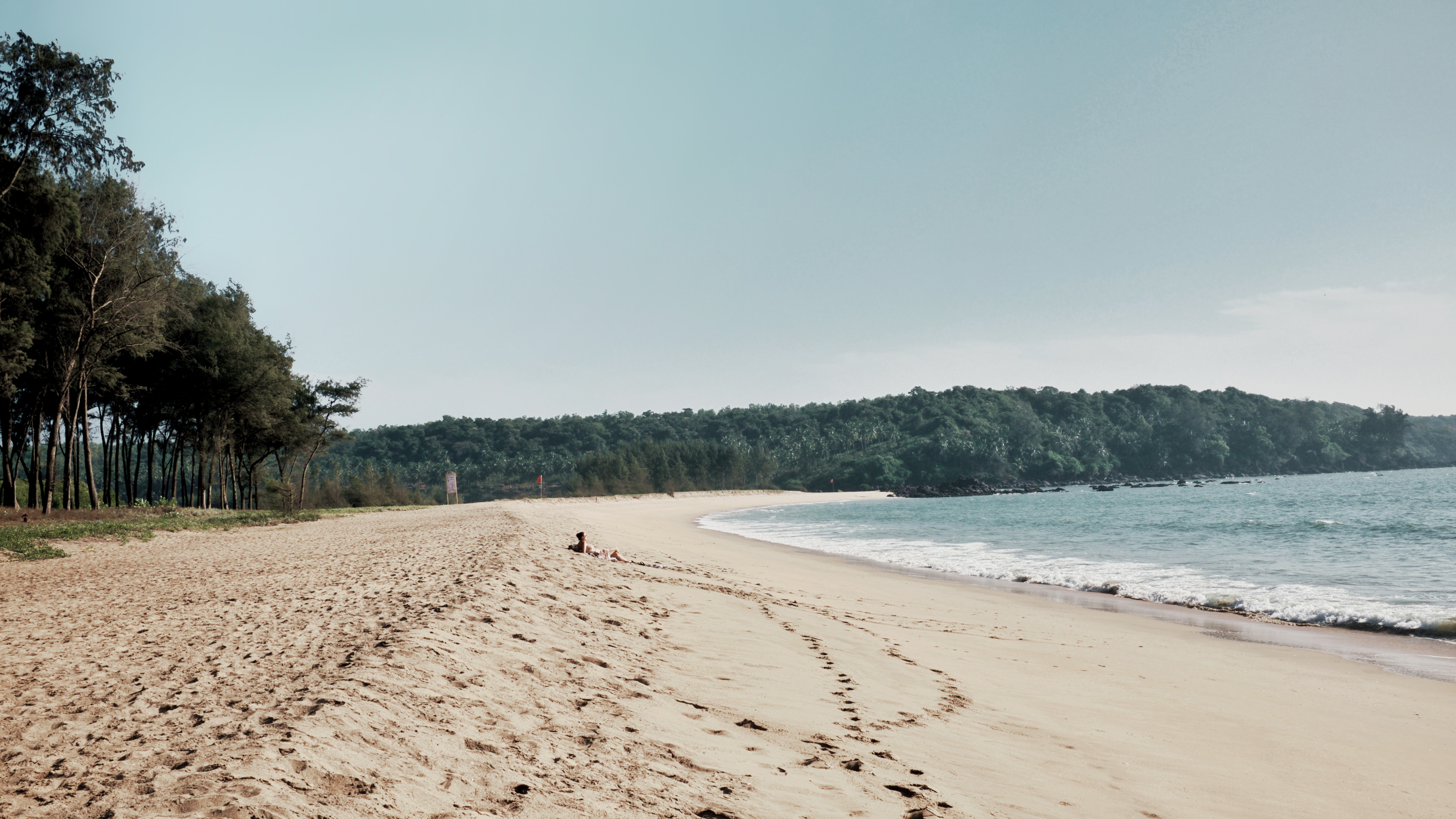
From the seaside, you can head to Hampi with a bus equipped with beds (we suggest Green Line, as it is the only decent one). Hampi is a sleepy town, whose history dates back to 1500, and whose buildings are partly unaffected by time. At first glance, the buildings look almost modern, however, what makes them still so full of charm and mystery is the sacred atmosphere that still envelops them today. A queen's bath, a spectacular Lotus Palace, a royal stable or a temple, which is said to have been the place where the wedding of Lord Shiva and Goddess Parvati took place, this UNESCO World Heritage site reveals a facet of history at every turn. Hampi still retains more than 1,600 monuments, including palaces, forts, memorial structures, temples, shrines, pillared halls, baths and gateways. The architectural ruins are set against a surreal landscape dotted with heaps of giant boulders perched precariously over kilometres of undulating terrain, attracting every kind of enthusiast. The rusty hues of these rocks are offset by jade-green palm groves, banana plantations and paddy fields.
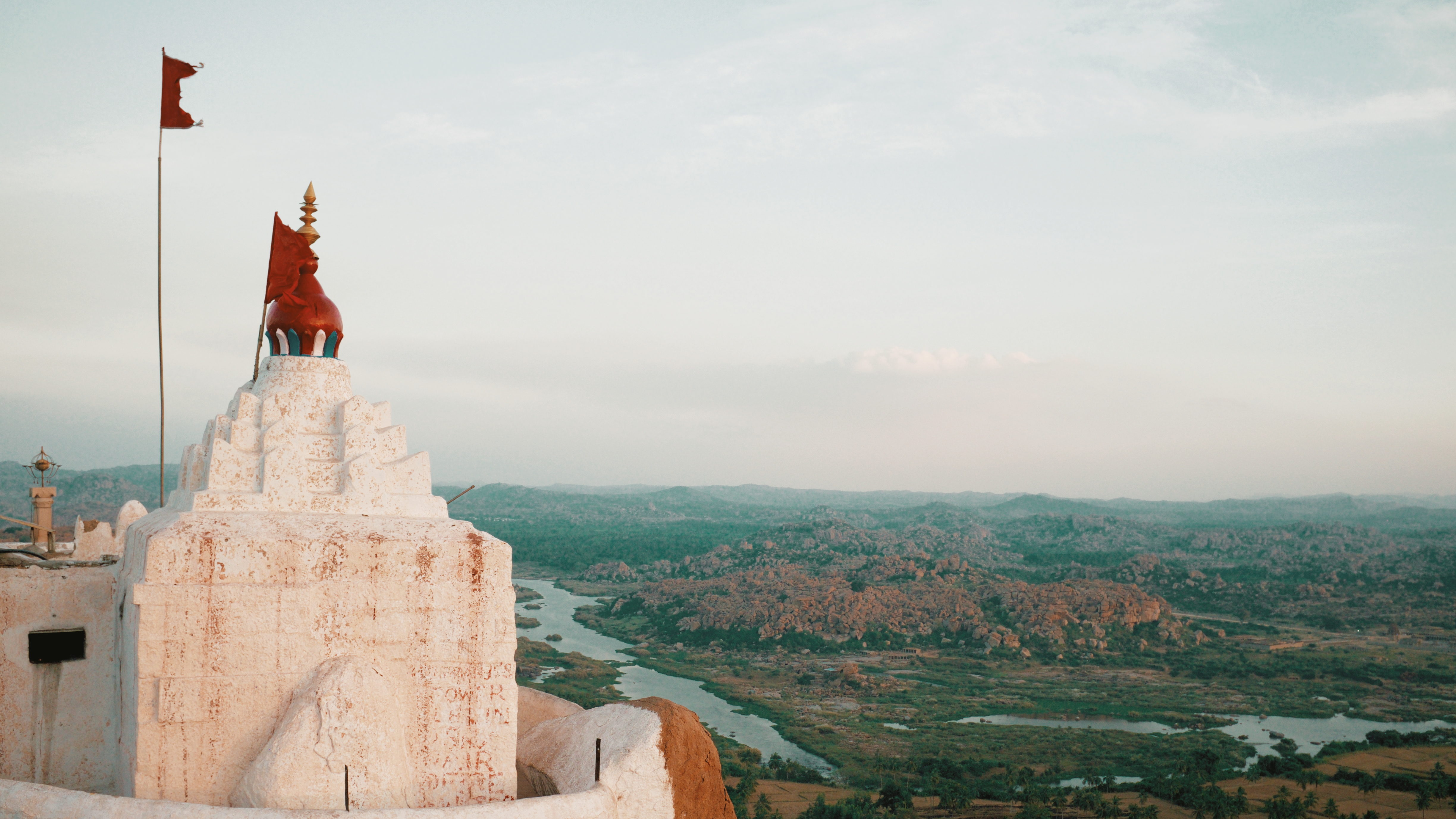
Next up is Bangalore, which will be easily reachable via bus. We advise only staying one day as Bangalore is a modern and chaotic city, however, the only specific thing we suggest visiting is the market, which is full of colours, life and scents.
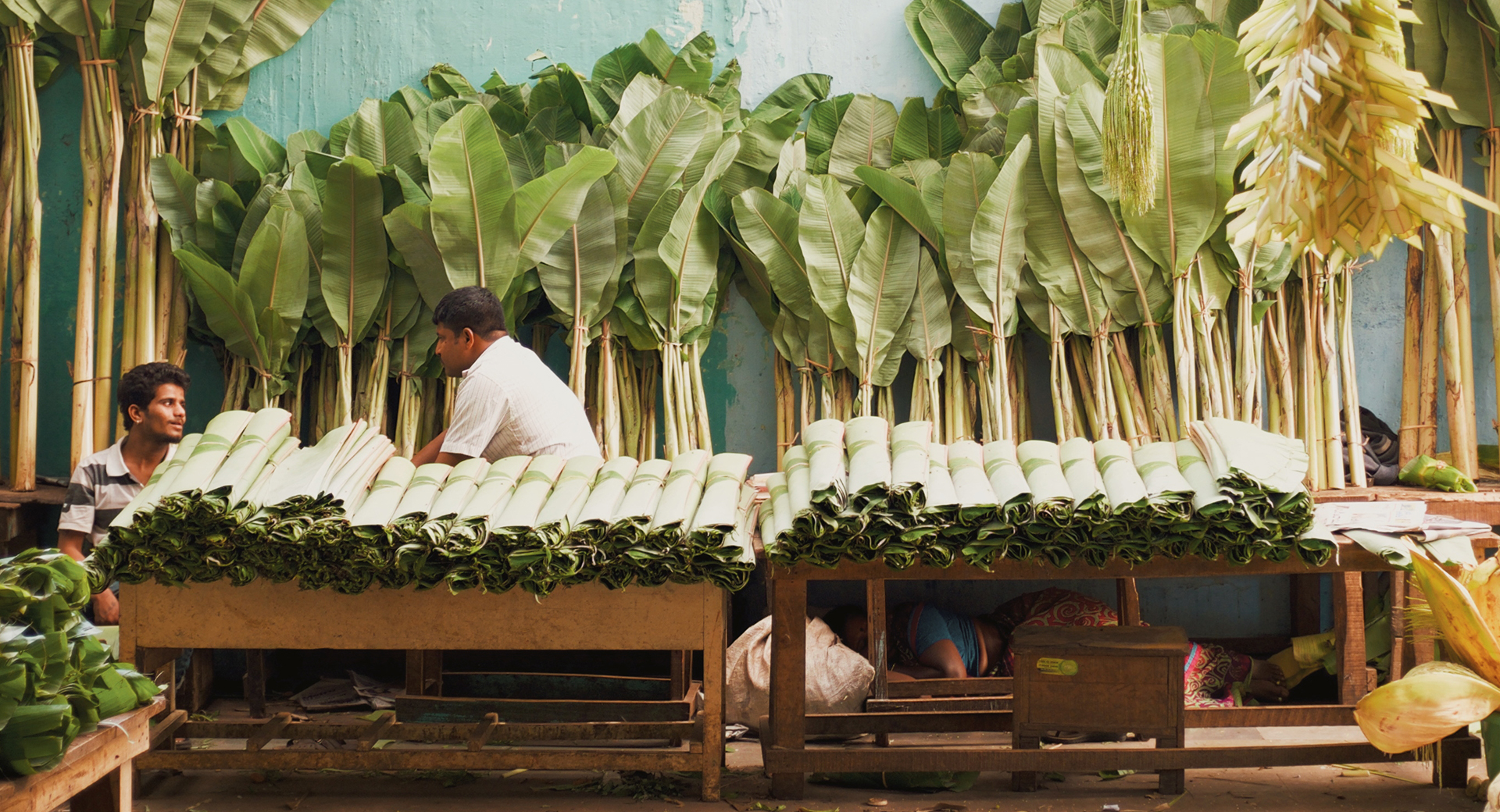
From Bangalore to Mysore, you can either take the bus or rent a car (although seeing a real Indian bus station is something that must be experienced). Stay in Mysore for one night. Mysore is known for its production of scented oils and incense (especially sandalwood - which is the most requested and loved by all), and one should book a tour with a trusted guide that will bring you around the stalls. Mysore’s palace is also a must-see, as it is a historical palace that has been the royal residence at Mysore in the Indian State of Karnataka, and it is an incredibly breathtaking example of Indo - Saracenic style of architecture.
Nestled deep into the forest of Bandipur, you’ll find a little village called Ooty, a village belonging to the tribe of Toba. The Blue Mountains have always been shrouded in mysticism, and Ooty is no exception to that. For every mountain lover, the very idea of travelling to the city known as the Queen of the Hills holds an allure like no other. A good local guide can take you around amongst the tea leaf plantations to discover the life of the locals. One of the most amazing places to stay is Lymond House, a classic English cottage, where life seemed to have frozen in time. Set in a Colonial-style building dating from 1855, this relaxed hotel is 2 km from both the Government Botanical Garden and Udagamandalam, for the heritage Nilgiri Mountain Railway.
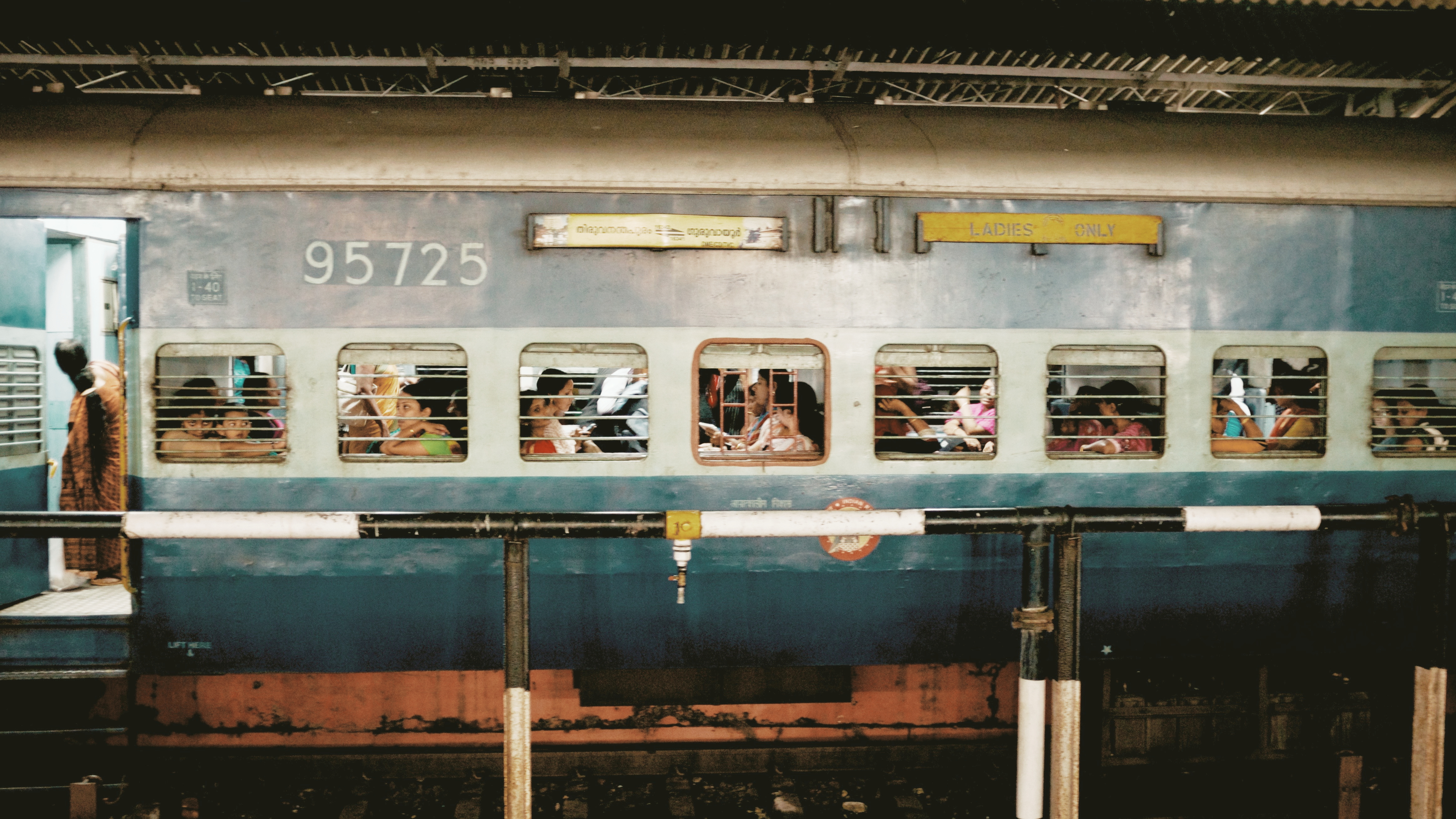
Crossing the border from Ooty to Mettupalayam one should take the Nilgiri Mountain Train (a steam train that has become a Unesco World Heritage Site, both for its landscapes you manage to see along the way and for the one-in-a-lifetime steam train experience). Kochi was a Dutch Indies Company settlement and still retains the typical stretch of colonial seaside towns. It is a good stop along the way to take a break from all of the Indian food one has experienced up until now, and enjoy something that is Western-leaning. Skirted by the emerald-blue Arabian Sea that laps at its golden sun-kissed beaches, Kochi was established around Fort Kochi, which is the cultural nerve of the city, a city which remains in a festive mood throughout the year. It turns into an art wonderland during the four-month-long Kochi Biennale, the largest art exhibition in India, where vibrant colours, striking images and eloquent patterns greet you at every turn. Intriguing boat rides, spiritual Onam, grand Shivaratri celebrations and the opulent Cochin Carnival, draw visitors from far and wide.
Next up is Munnar, the city known for its acres and acres of tea leaf plantations. No matter where you go in Munnar, a mixed scent of tea, coffee and cardamom will follow you everywhere. With a bountiful of natural treasures, Munnar leaves one rapt with its spectacular and awe-inspiring views. Numerous guides are available upon request for a tour of the plantations, which includes explanations on how tea is produced, sourced and then packaged and sold. What many don’t though, is the fact that these luscious green tea hills are all property of Tata, one of the richest men in the world. Like Kochi, experiencing Munnar during the Indian carnival is one of the most exciting experiences, as streets are invaded by colourfully-decorated elephants and dancers.
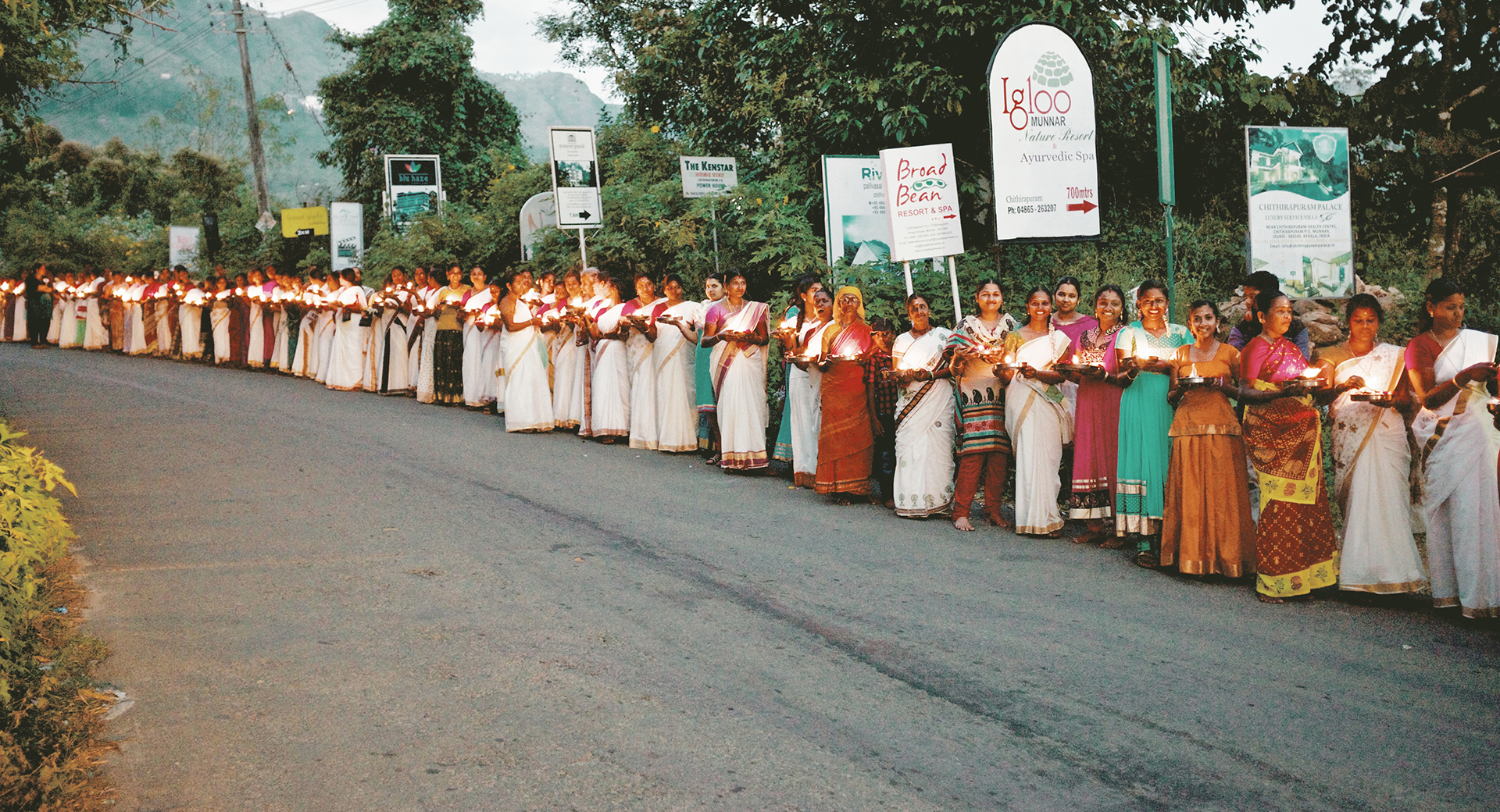
This is the last stop in Kerala. Varkala is a great place to relax a bit and indulge in some true soul searching tranquillity. This peaceful town located on the shores is a major draw for people who want to take some yoga classes on the beach or surfers who come to ride the pristine whitewater waves. There aren’t many tourist attractions apart from a 2000-year old Vishnu temple, an ashram and of course, the beautiful sandy beaches that give the place its grandeur. Tired of spicy food? In Varkala, you’ll be able to enjoy some great Nepalese food that isn’t too strong on the chilli.
Finally, the closest airport to Varkala is Trivandrum International Airport, where our trip in the South of India ends. However, if before heading to the airport you have a little time, pay a visit to the Temple of Padmanabhaswamy, constructed in the typical style of the Tamil temples, although we are still in Kerala. Although the temple is certainly a sight for the eyes, the pilgrims are actually very fascinating as well. Interestingly, depending on the colour of the robe worn by the pilgrim - which range from orange to black - you can infer at what stage of the pilgrimage they are at.